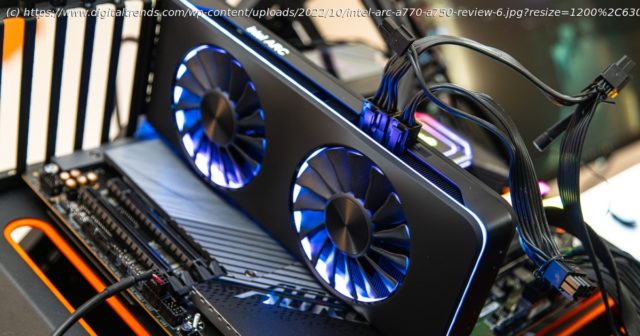Intel’s Arc GPUs are here, and if you’ve bought one for your gaming rig, you probably want to know how to start overclocking.
Intel’s Arc GPUs are here, and (assuming you can find one), they’re reasonably priced and we’re impressed with their capabilities, even when paired with a Ryzen processor. But PC gamers like to tinker, and we know that many of you are wondering how to overclock Arc GPUs to maximize their performance.
As with CPUs, overclocking options on GPUs raise the frequency at which the card operates, increasing your performance – while also raising the operating temperature, and potentially power demands. Here’s how to overclock your Intel Arc GPU to balance performance with thermals.
These steps assume that you are using a desktop Arc GPU. Mobile Arc models are not designed to be overclocked and won’t work the same way.
Step 1: Enter the game that you want to use as a measure for performance improvements. Ideally, it would be a game with a very high threshold for frames per second and similar measurements, as well as one you play frequently and can notice improvements or problems with more quickly. Some games will simply show clearer results than others.
Step 2: If you didn’t download the Arc Control center when installing your GPU, you can download it with the latest Intel Arc Graphics Windows DCH Driver — it’s available here. Reboot your system when the driver has finished downloading.
Step 3: Open the Arc Control center by pressing Alt + I on your keyboard, and head to the Performance tab.
Step 4: Bring up Telemetry, and grab some benchmark readings from the current state of the GPU so you know how it’s currently running. Note measurements like memory utilization, clock speed, power increases, and temperature. These aren’t the only indicators of GPU performance, but they are a good way to see how the GPU is currently functioning and when it may be pushing its limits.
Step 5: You should also record the current frames per second (fps) — if you’re unsure, here’s our guide on how to record your fps — as well as other performance indicators that you care about.






